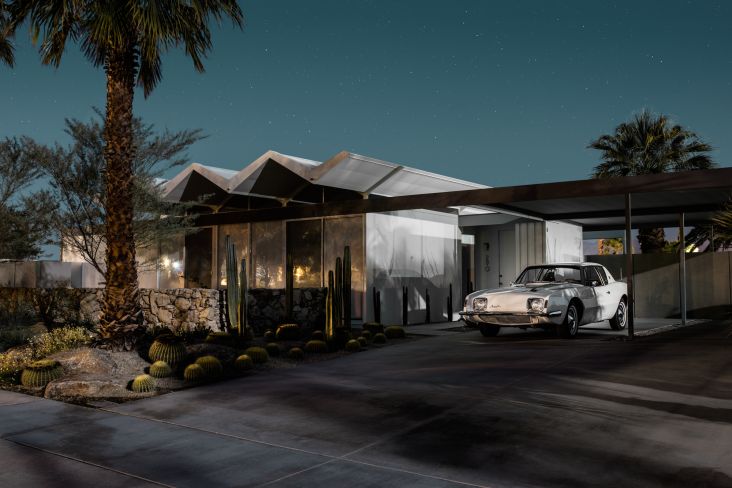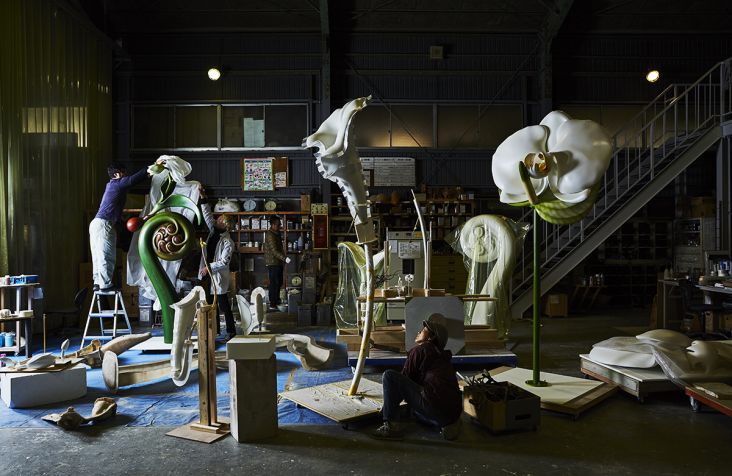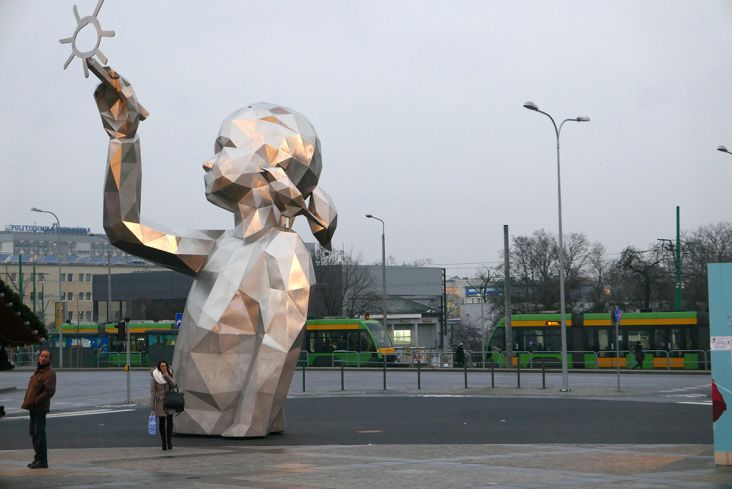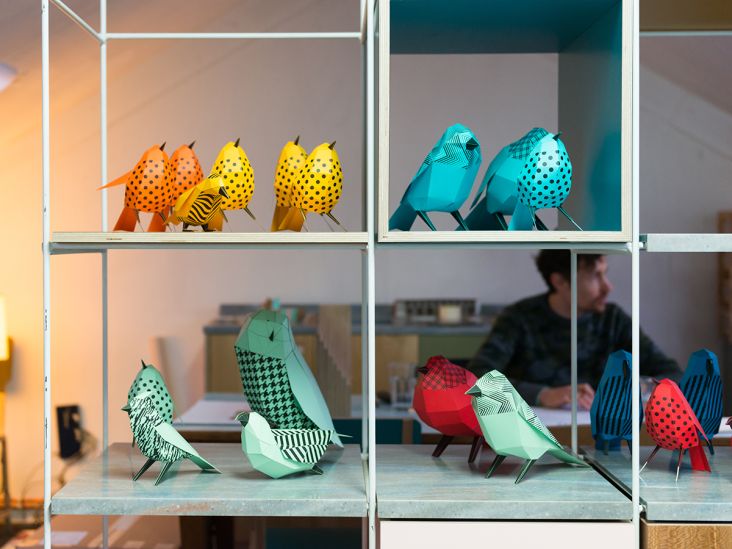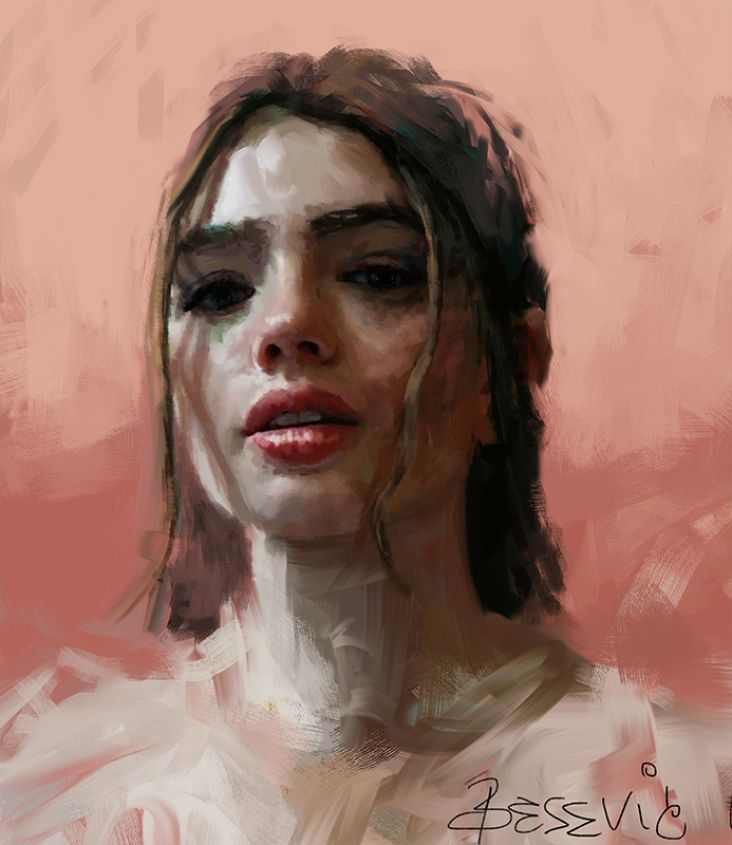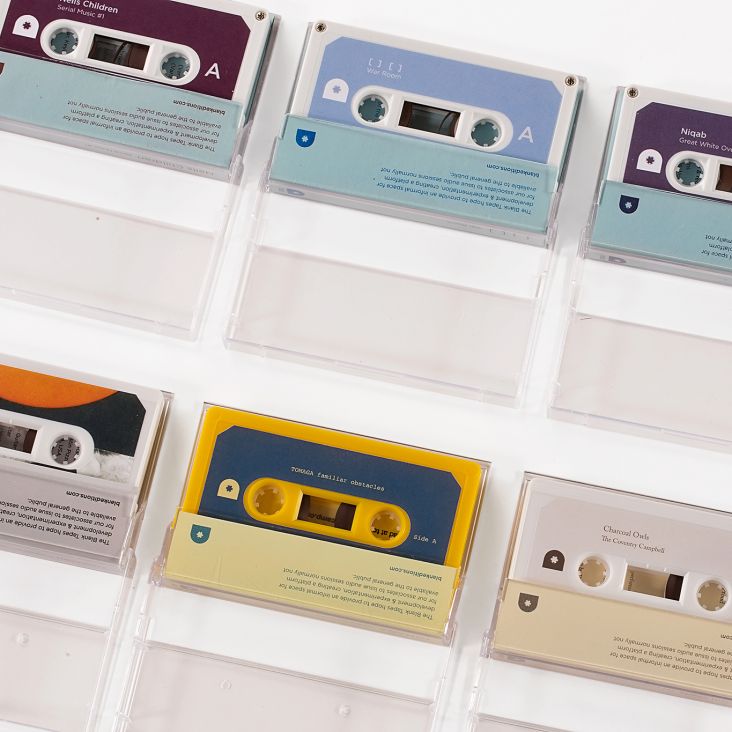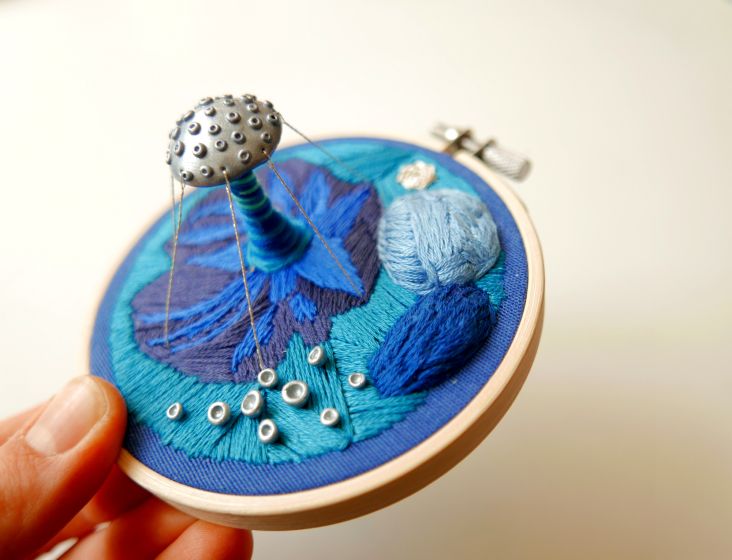Firstborn's Joon Park on how to get promoted and the future of design
Born in South Korea, Joon Park joined New York digital agency Firstborn as a junior designer. Back then, they were only nine people. Now it employs over 100, has a number of big-name clients, and has won a stack of awards.
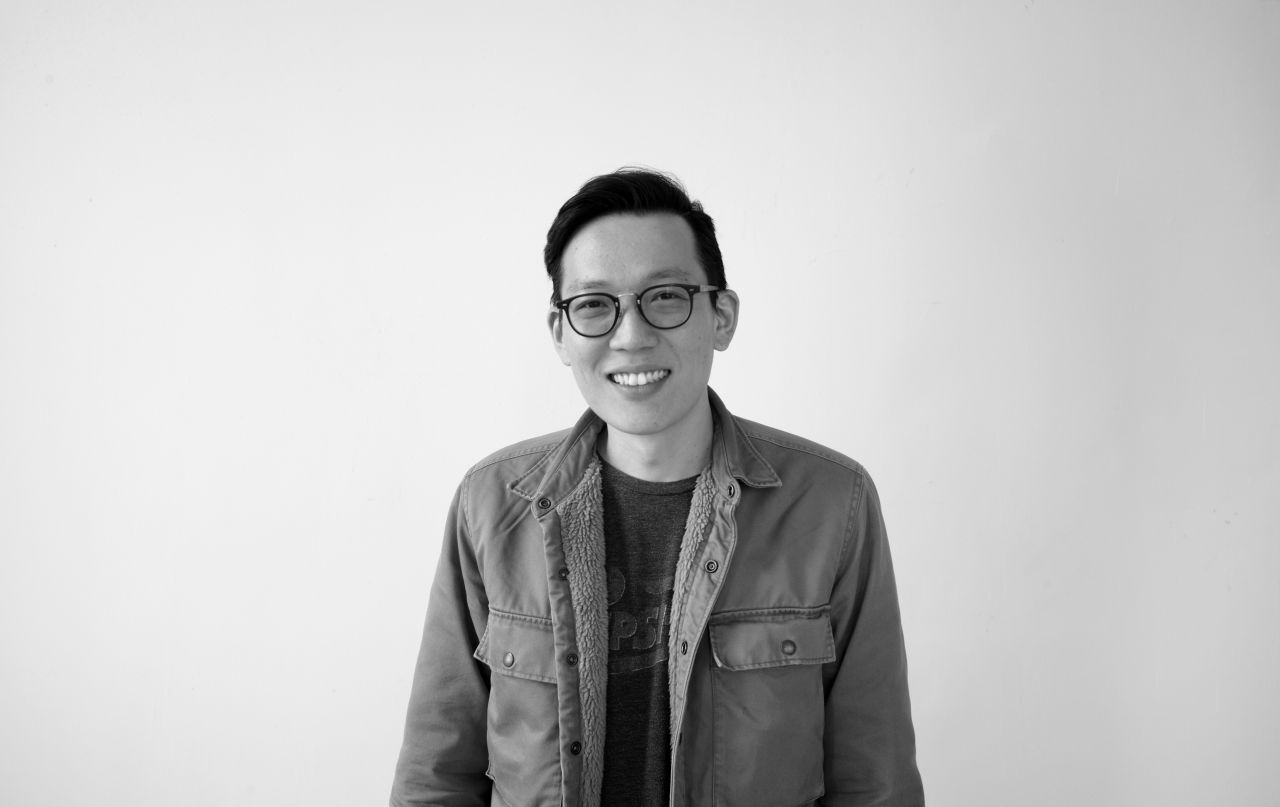
"My proudest achievement has been helping to grow Firstborn into a healthy company," says Park, who's since risen to the rank of chief creative officer. "And here we are, about to celebrate our 20th anniversary! It’s pretty surreal."
But what has he learned along the way that today's juniors might benefit from? And what insights does he have into where design technology is heading? Here's what he had to say...
You've been at Firstborn a while now. What keeps you there, and what's special about it as a company?
I’ve been fortunate to have both grown with the company and to have had a large role in shaping who we are today. Over the years I’ve learned so much, not just as a designer but also far beyond that. How to run a business. How to attract and mentor talent. For me, it’s not just about the work. Firstborn is more than a design and technology company to me. In a way, it’s also my baby.
It's quite big now, though, right?
One hundred people may seem like a lot, but it’s really small for New York. Our size definitely makes us special: everyone knows one another, we all work together. We’re also able to take on big or small business, and can be more selective with the type of work we want to do, whereas a lot of big companies have to make sacrifices to maintain their size. And to that point, the people themselves are also what makes us special. To both run and be part of such a talented collective makes it hard, as a creatively-driven person, to imagine being anywhere else.
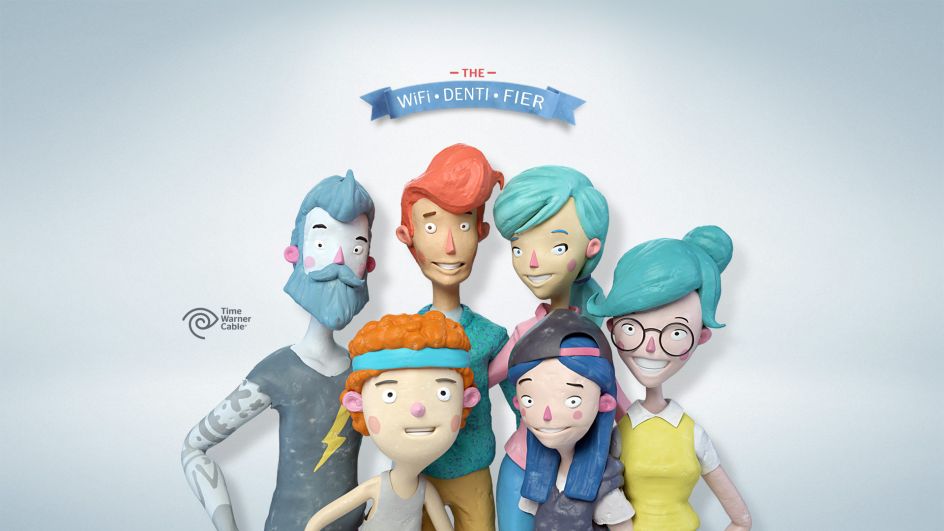
Time Warner Cable website
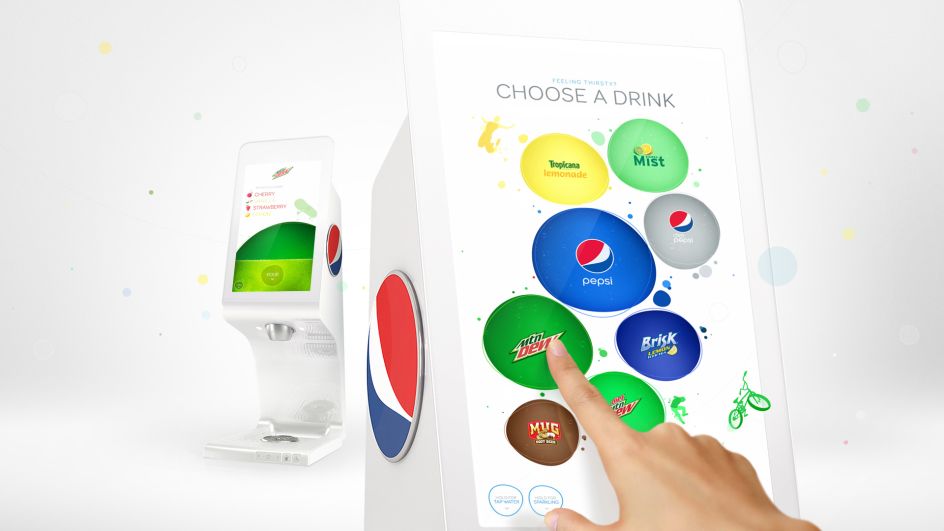
Pepsi Spire digital soda fountain
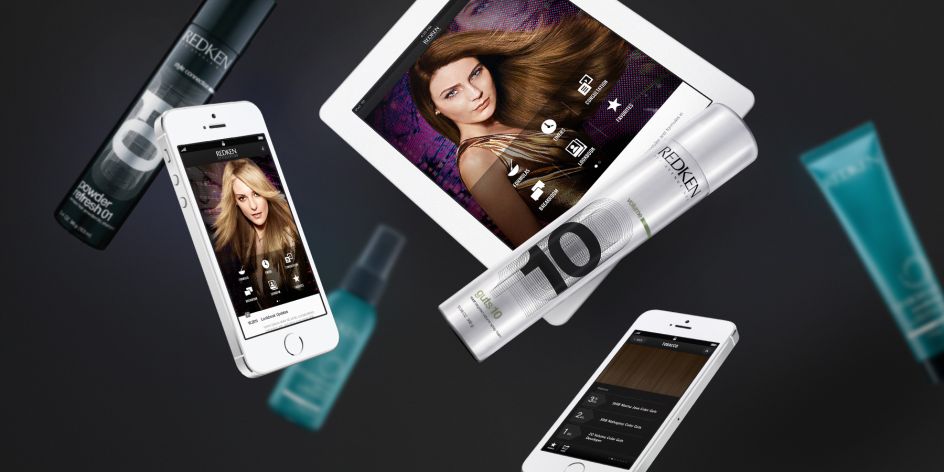
Redken Style Station mobile platform
You've steadily risen through the ranks over the years. What advice can you offer designers looking to get a promotion?
I never really focused on getting a promotion, or a raise, or a new title. I just kept my head down, concentrated on my work and tried to find proactive ways to help out and support others. That worked for me, and everything else fell into place from there.
I believe that if you do good work, and play an active part in making a positive difference in your workplace, people around you will take notice. And if you are under the right leadership, and part of a strong organisation, you will get the recognition and promotion you deserve.
What was it like transitioning from a designer to a creative director?
My biggest challenge. I had no experience trying to explain, let alone sell my designs, especially to a room of c-suite execs. I hated presenting in front of big groups, so I had to practise, a lot. Looking back, it seems so silly that I was ever that nervous. But sitting down and working was easy; trying to convince someone of my idea, on the other hand, for me, was very hard. Now I really enjoy that part of what I do.
"I believe that if you do good work, and play an active part in making a positive difference in your workplace, people around you will take notice."
Given your work for the likes of Clash of Clans maker SuperCell, what have you learned about brands with a strong fan subculture, and how to design for them?
You have to become a true fan of the product or brand. For example, with Supercell, I played their game, Clash of Clans, from day one obsessively and we staffed the team with designers that were also addicted to the game. You can’t fake it. The client will know, the community will know, and it will show in your designs. You can do stakeholder interviews, but ultimately you have to spend your own time immersing yourself. You can’t just jump in and propose solutions.
Subcultures are also very vocal. Supercell has over 100M daily active users, and since we’re contributing to the product they play every day, we need to listen to their feedback. Just like Supercell rolls out versions of their games, our designs have versions too. We’re constantly iterating to make sure we’re really serving the audience, which makes it even more rewarding when you finally get it right.
You've talked a lot about the intersection of motion and design. Where do you think this dynamic is heading in the future?
Animation is an integral part of design. And everything we use today, whether that’s an app or video game, has an interface that uses animation to explain the user experience in some way.
For me, it always seemed silly to separate out designers and motion designers. The best work happens when everyone has a strong understanding of each other’s work and mutual points of view. I ask our designers to learn animation because when you think from a static point of view and add motion, you might have to change your design completely and go back to the drawing board.
Also, all of the platforms we use are improving performance-wise. There are no longer limitations for file size or load times. In fact, they are getting faster and stronger so the animation is going to continue to be a big part of the design process moving forward.
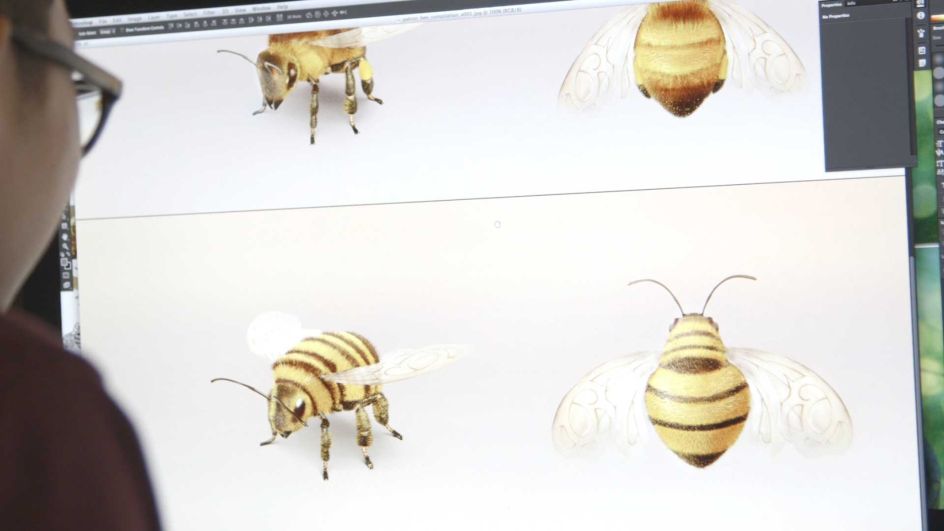
Building the Patron VR experience
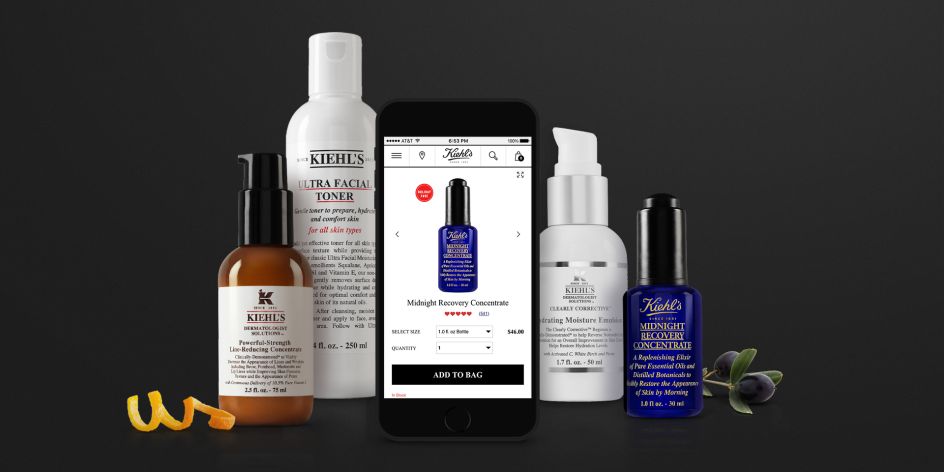
Kiehls online campaign
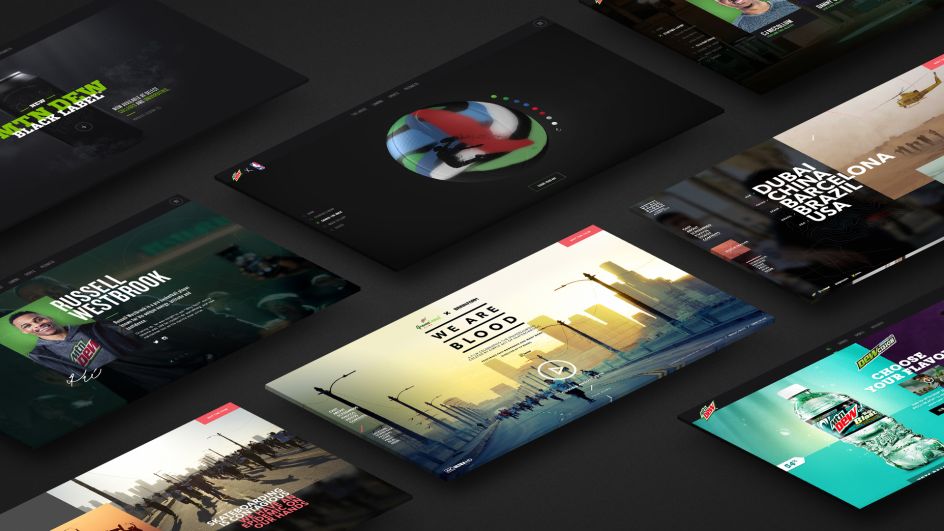
Mountain Dew integrated creative
How important do you think VR is going to be for the future of design?
I think it’s important for designers to stay well-informed of emerging technology and interfaces, but I don’t think you have to become an expert. If you are interested in VR, then jump in: it’s always good to get a head start. But if you aren’t that into it, don’t sweat it. VR still has a very niche audience and your interest might evolve as the masses’ do. We ultimately design for a flat-screen, and that will continue to be the case for a very long time.
That said, I do always recommend pushing yourself outside of your comfort zone every now and again. I still know how to code, do animation, create in 3D... All of this helps me as a creative director, because I understand a lot of the different disciplines and capabilities of our teams, and how they can work together. You don’t have to be the best developer or motion designer, but knowing a little gives you a much broader view as a designer.
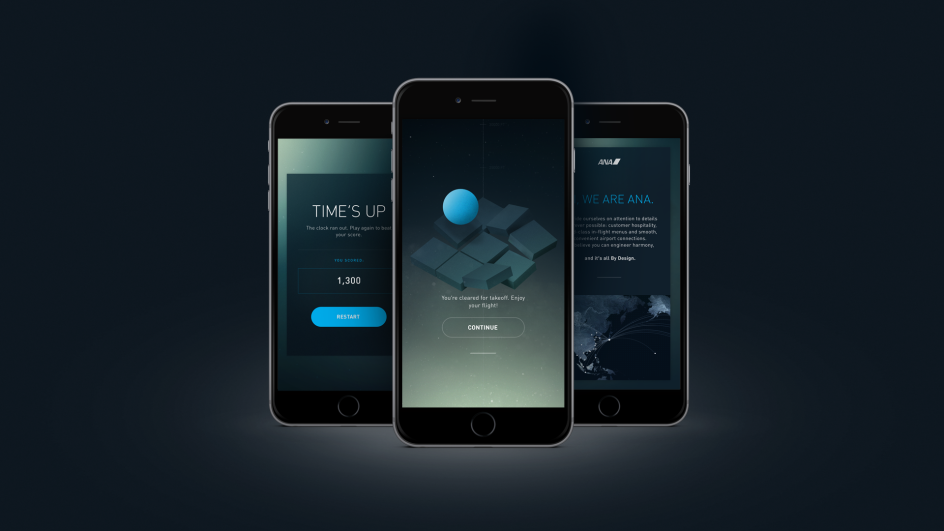
ANA Takeoff Mode mobile game
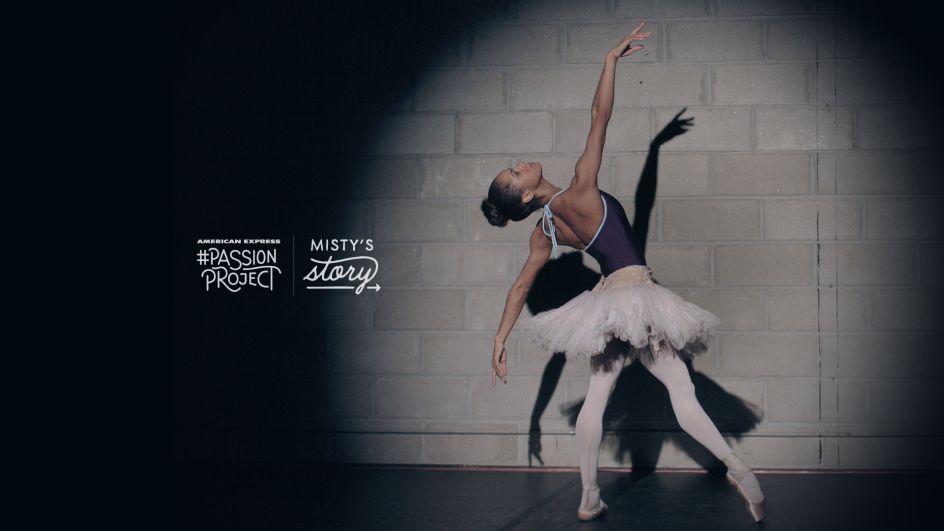
American Express #PassionProject campaign
How do you stay inspired creatively?
I love looking for inspiration outside of our industry, but I don’t think there’s a real formula. Some people listen to music or get their best ideas in the shower. If I get into a creative rut, I always go for a walk. I recently read that both the right and left sides of your brain are stimulated when you walk. But for me, it’s more about getting some fresh air and stepping away from my desk. A change in location and perspective always makes a difference.
If you could have a conversation with your younger self, what would you tell him?
I’d tell myself to not worry so much about the future and to focus on the importance of what’s present. When I was young, I was always so concerned about learning about the business side or creating the best deck. But ultimately it comes down to your work, and those other things can be a distraction. As a designer, the most important thing is your work.




 by Tüpokompanii](https://www.creativeboom.com/upload/articles/58/58684538770fb5b428dc1882f7a732f153500153_732.jpg)

 using <a href="https://www.ohnotype.co/fonts/obviously" target="_blank">Obviously</a> by Oh No Type Co., Art Director, Brand & Creative—Spotify](https://www.creativeboom.com/upload/articles/6e/6ed31eddc26fa563f213fc76d6993dab9231ffe4_732.jpg)









